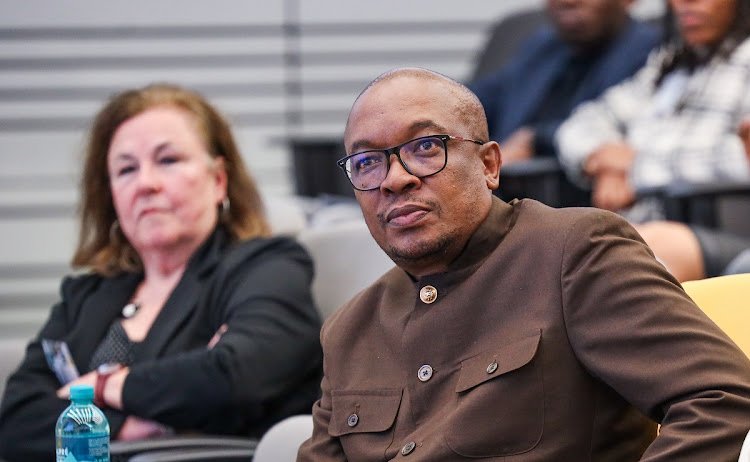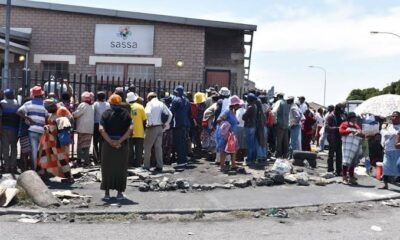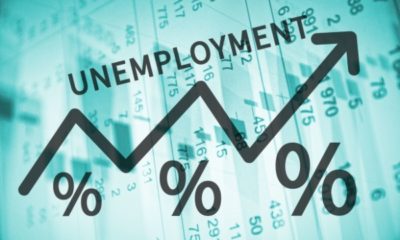News
South Africa Confronts Wave of Mass Retrenchments as Energy and Trade Woes Deepen

South Africa’s jobs crisis has taken a sharp turn for the worse. In just one week, three major multinational companies, Glencore, ArcelorMittal South Africa, and Ford, confirmed plans to slash thousands of jobs, sparking alarm within government and fuelling debate over the country’s fragile industrial base.
Lights Out, Jobs Out
Glencore Operations South Africa was the first to sound the alarm, citing insufficient electricity supply and a “lack of sustainable industry solutions” as it prepared to retrench workers at its Rustenburg ferrochrome smelter and vanadium operations. For an energy-hungry industry, Eskom’s load shedding and rising tariffs have proved unsustainable.
ArcelorMittal South Africa soon followed, announcing the closure of its long steel mills, a move set to wipe out more than 4,000 jobs. The company blamed long-standing structural challenges, from delayed infrastructure reforms to sluggish demand, leaving one of the country’s oldest manufacturers unable to compete.
Then came Ford South Africa, which said over 470 employees would be affected at its Silverton and Struandale plants. Ford attributed the cuts to fluctuating market demand, but the news adds another blow to the auto sector, often held up as a model of resilience.
Together, these announcements echo a broader crisis. Statistics South Africa revealed that 140,000 jobs were lost in the three months to June, pushing unemployment to 33.2%, one of the highest rates globally.
Government Scrambles for Answers
Trade and Industry Minister Parks Tau acknowledged the severity of the situation, saying government was in talks with affected firms to seek “long-lasting solutions.” He pointed to both domestic challengessuch as unreliable energyand global pressures, including trade shifts and restructuring in multinational firms.
One key concern: tariffs on exports to the United States. Since the Trump administration imposed a 30% levy, South African producers, especially steel and metals exporters, have struggled to maintain competitiveness. Tau confirmed that a high-level delegation is in Washington, negotiating a revised trade deal.
“This is not just about keeping factories open today,” Tau said at the Intra-Africa Trade Fair (IATF2025) in Algeria. “It’s about building resilience through regional value chains, particularly around critical minerals for the future economy.”
Beyond Retrenchments: A Turning Point?
While retrenchments dominate headlines, some industry voices see this moment as a chance to rethink South Africa’s economic model. At the IATF’s Auto Forum, Stellantis South Africa CEO Mike Whitfield described Africa as the “last real frontier” for automotive growth.
He called for a stable policy environment to attract investment: “Manufacturers want a level playing field, incentives for investors, and clear penalties for those who don’t play by the rules. Without that, it’s hard to convince multinationals to put money into such a capital-intensive industry.”
Whitfield pointed to the South African automotive sector, which directly employs 115,000 people and produces more than half of Africa’s 1.1 million new vehicles annually as proof of what’s possible when government, business, and labour work together. The long-standing public-private partnership in the auto industry remains one of the country’s few industrial success stories.
A Crossroads for Industry and Workers
Public reaction to the retrenchments has been swift. Workers’ unions warn of devastating effects on already strained households, while social media is filled with frustration at what many see as a failure to secure South Africa’s industrial future. “First it’s Eskom, then tariffs, now retrenchments. When will workers stop paying the price?” one X user wrote.
But there are also voices calling for innovation. Some analysts argue that with the African Continental Free Trade Agreement (AfCFTA) now in motion, South Africa could reinvent itself as a continental leader in green industries, from battery minerals to cross-border manufacturing hubs.
For now, though, the reality is sobering: factories are scaling down, energy costs are rising, and workers are being sent home. The government’s challenge is not only to keep existing industries alive but also to chart a credible path toward new ones.
If the past is any guide, South Africa’s auto industry shows that partnerships between government, business, and labour can create stability and jobs. Whether that model can be replicated in steel, mining, and other sectors may determine the future of South Africa’s economy and the livelihoods of millions.
{Source: IOL}
Follow Joburg ETC on Facebook, Twitter , TikTok and Instagram
For more News in Johannesburg, visit joburgetc.com



























